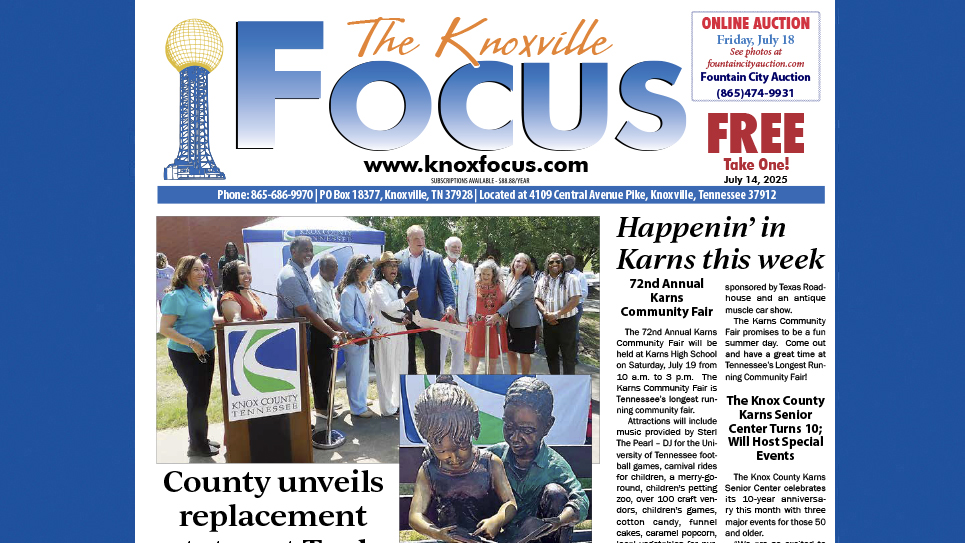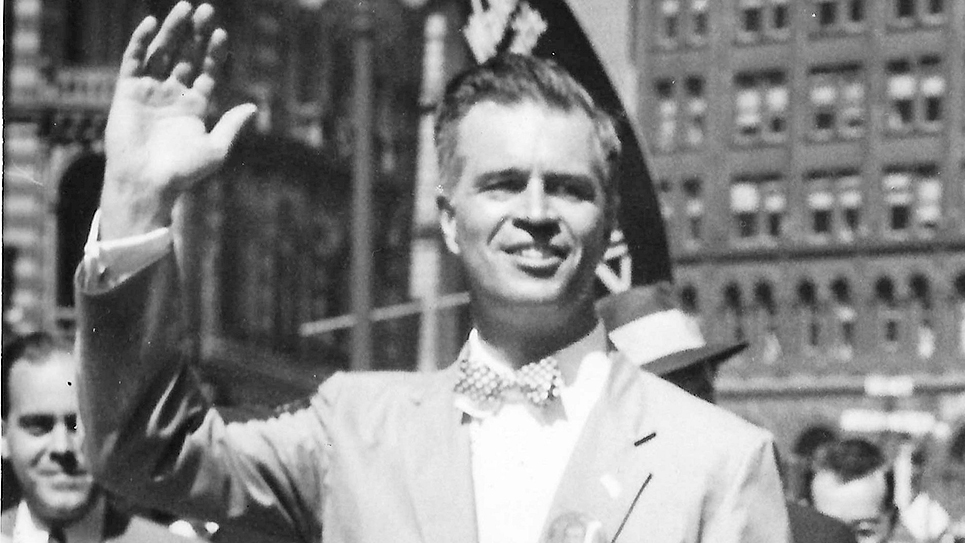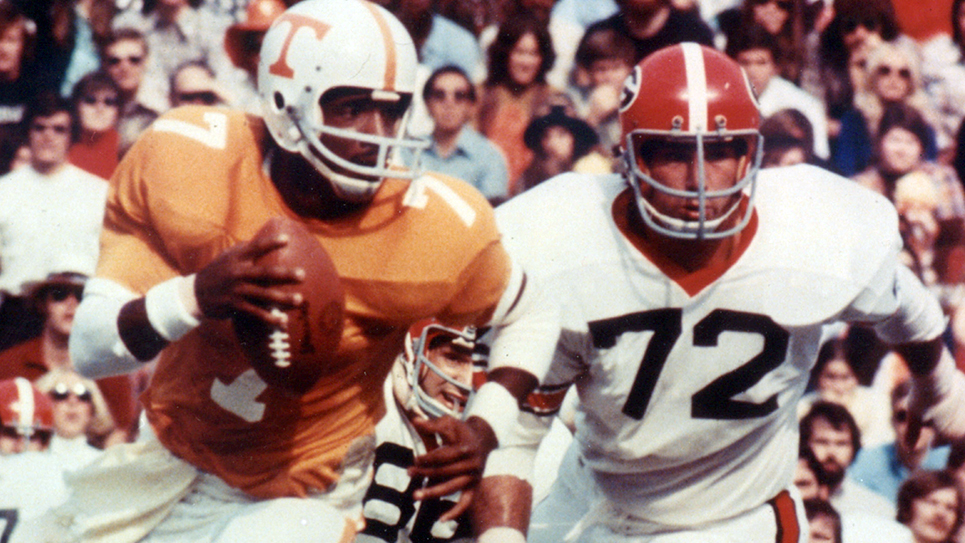By Mike Steely
Our region is a haven for waterfalls and a few of the cascades are conveniently located very near a highway for easy viewing. Bald River Falls south of Townsend is one of those beautiful and natural attractions right beside the road.
There’s another waterfall that’s little-visited but is just off the highway where you can park and walk to the overlook and see a majestic scene without a long hike. Ozone Falls, just off Highway 70 east of Crab Orchard, might surprise you if you haven’t been there.
Getting to and from Ozone can become a family outing as there are many things to see and do along the way. The easiest way to get there is along Interstate 40 to Crab Orchard atop Cumberland Mountain and then follow Highway 70 back east.
The little community of Ozone was formed as a stagecoach stop in the 18th century for travelers from Knoxville to the Nashville area. About 1805 the widow of an early Cumberland County settler built a tavern there and, in 1880, a post office was established.
Originally the settlement was known as “Mammy” after a creek nearby but the name was changed to “Ozone” to reflect the area’s great air quality. Ozone was the hometown of Myles Horton, a popular educator, who helped the poor in the area and his later founding of the Highlander Center now located in New Market.
Fall Creek passes through the rugged mountains there and drops as Ozone Falls. The Ozone Falls State Natural Area was established there in 1973 to protect the falls, a 110-foot plunge into the surrounding gorge.
If you are adventurous you can take the Ozone trail down to the falls and to the Beyond Falls area. The Ozone Falls area is a 43-acre natural area in Cumberland County.
From Ozone Falls you may want to take Highway 70 east to Highway 27 and turn north to Rockwood. On the way, you may want to stop at the Mount Roosevelt Overlook, a peak on Walden Ridge west of Rockwood. From there, on a clear day, you can see the Tennessee Valley below and the Smoky Mountains far to the east.
Rockwood was founded as a Cherokee village and was the headquarters of Chief Tallentuskie, a Cherokee leader in the late 18th and early 19th centuries. From there the chief controlled a ferry and access to the trail that led to middle Tennessee.
Union General John T. Wilder, who in the 1850s had managed a foundry in Indiana, noted the iron ore and coal deposits of the Cumberland Plateau region while operating in the area during the Civil War. After the war, Wilder and Ohio-born Knoxville Iron Company founder Hiram Chamberlain purchased 900 acres at what is now Rockwood, selecting the location due to the ore and coal resources at the base of Walden Ridge, the proximity to the Tennessee River, and an assumption that the encroaching railroads would descend the plateau at nearby Emory Gap.
From Rockwood, you may want to stay on Highway 70 to cross the river to Kingston, once the end of the Tennessee territory where Fort Southwest Point, now a reconstructed former militia outpost, is located. Kingston also has the historic Morgan House, the former courthouse that’s now a museum, and the old graveyard of early settlers.
You can get back on Interstate 40 there or continue along Highway 70 to Lenoir City, Farragut and on to Knoxville.
You can find Ozone Falls on the internet and choose your own route. Taking a camera or your cell phone is a good idea because there’s so much to see along the route to and from the falls.






